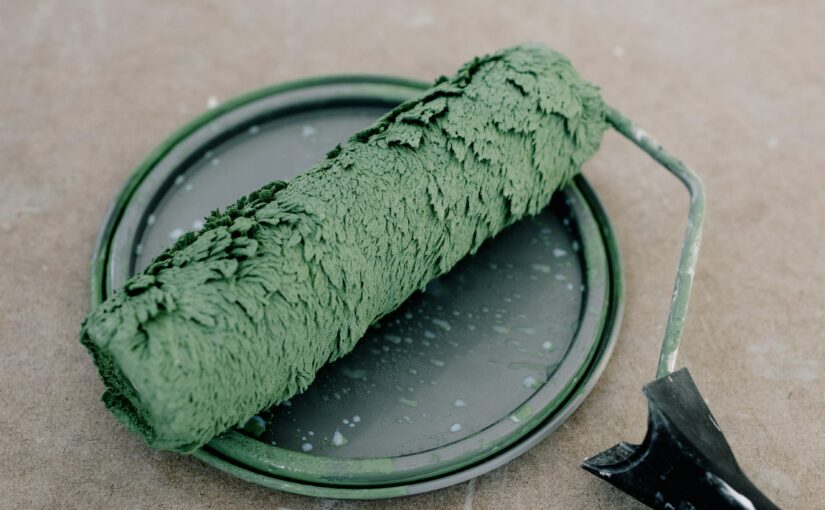Do you need to protect your boat’s hull from algae and shellfish? Then we advise you to use an antifouling. This is the best known and most effective solution. Many professionals believe that the choice of colour of your product also influences its effectiveness. What colour should you choose for your paint?
All about antifouling paint
For those who don’t know yet,antifouling is an underwater antifouling paint. It is used to reduce the growth of algae and shells on the hull of your boat. In order to achieve this, the paint is composed of toxins such as biocides which are based on copper oxide. It is these toxins that will fight the dirt.
Please note that the toxins or biocides that make up this antifouling paint have a shelf life. For your antifouling paint to remain effective, it must be renewed every year. This allows the product to keep the biocides active. This underwater paint is available in various types. When buying, you will have the chance to choose between hard and erodible matrices.
Choosing the colour of your antifouling
Antifouling paint comes in different models and colours. Many professionals believe that the choice of colour influences the effectiveness of the product. For this reason, some people stick to one colour. But how do you know which is the best colour for antifouling paint? There are a number of colours to choose from when purchasing paint.
Among the most popular colours are black, navy blue, royal blue, red, lagoon green, etc. These rather dark colours are considered to be the most effective. Indeed, they are colours that do not reflect light. As for light colours such as white or grey, they are rather difficult to focus on. Moreover, white is said to promote photosynthesis of algae.
The advantages of an antifouling
Using this type of product gives you an opportunity to protect your artwork from algae and shells. This will allow you to :
- Increase your sailing speed
- Reduce your fuel consumption
- Make it easier to sail upwind
Be aware that fuel consumption has a negative impact on the environment. Indeed, the performance of your engine can cause fumes.
This can affect the balance of the aquatic world. Using an antifouling also helps to protect your hull from corrosion. It is also important to know that fouling can reduce your sailing speed. This will result in a significant use of fuel and energy. This is not good for your budget or the marine environment. And if you still want to enjoy the joy of sailing, opt for the use of this antifouling paint.






